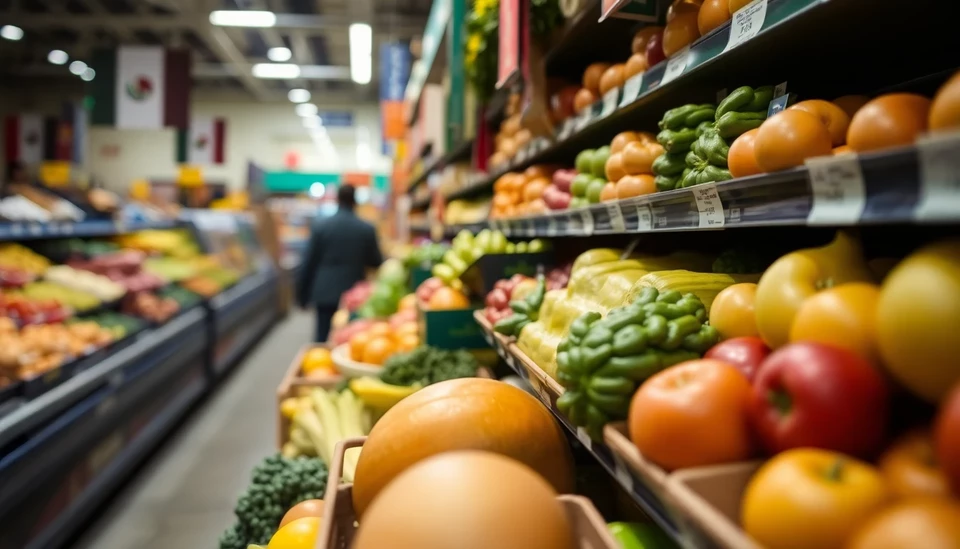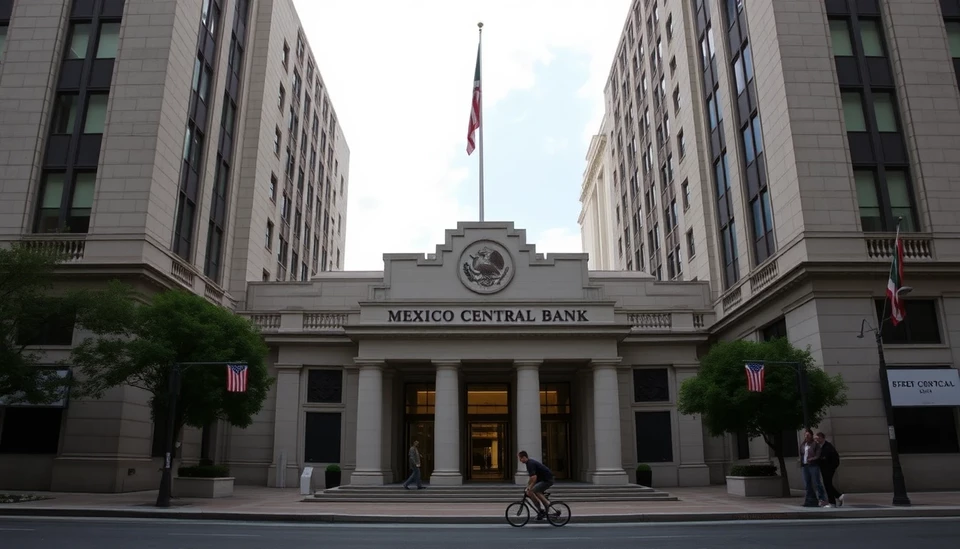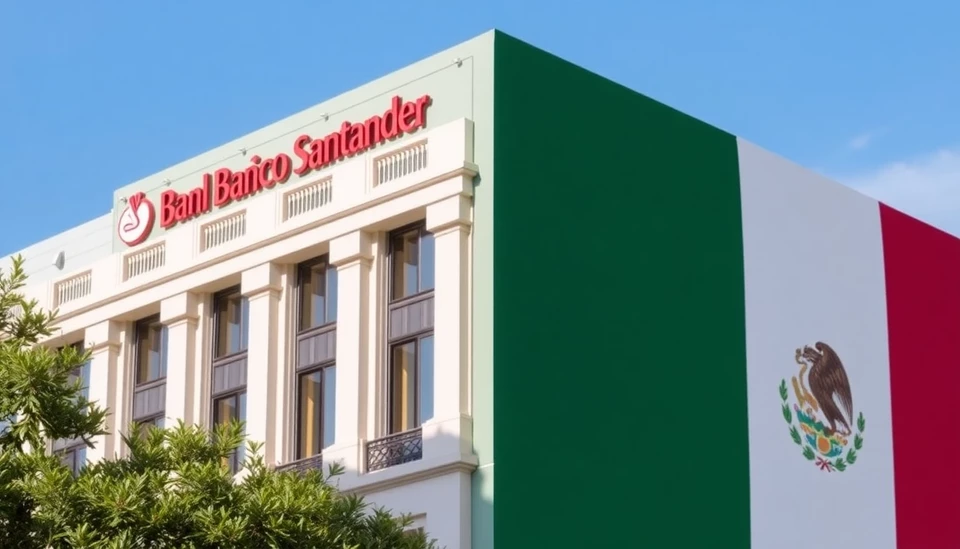
In a concerning economic trend, Mexico's annual inflation rate has accelerated, primarily fueled by soaring food prices. As of November 2024, the inflation rate jumped to 5.07%, according to data released by the national statistics agency. This increase marks a notable rise from the previous month, where the inflation rate stood at 4.97%, reflecting a growing concern for households throughout the nation.
The surge in inflation echoes wider global challenges, particularly the ongoing pressures on food supply chains. Key food items, which are crucial to dietary staples in Mexico, have experienced significant price hikes. For instance, the inflation rate for food items surged to 7.96%, a stark contrast to the prices 12 months ago. This dramatic increase is attributed to various factors, including adverse weather conditions affecting harvests and international market fluctuations.
Among the most affected categories, fruits and vegetables have seen some of the steepest price increases. The price level for these essential commodities has risen nearly 11% over the past year. Additionally, staples such as tortillas, a cornerstone of the Mexican diet, have also become considerably more expensive, further straining family budgets.
Economists are now closely monitoring these developments, as the rising cost of living poses a significant challenge to consumer spending and overall economic growth. The Bank of Mexico is likely to respond to this inflation surge with adjustments to monetary policy, including possible changes to interest rates, in an effort to stabilize prices and ensure economic resilience.
This inflationary trend comes at a time when many households are still grappling with the aftershocks of the pandemic, which have altered employment and income dynamics across the country. With food as a primary expenditure for many families, the government's ability to curb inflation effectively is critical for maintaining social stability.
In response to these challenges, policymakers are exploring various strategies to alleviate the financial burden on consumers. Measures could include subsidies for staple goods or programs aimed at supporting farmers and suppliers to stabilize food prices in the long term.
The figures released have begun to stir discussions among economists and policymakers alike, with many urging for a cohesive approach to addressing the root causes of food inflation while also looking at broader economic recovery efforts. As the situation develops, more updates will be awaited by citizens and analysts who are on edge regarding the implications of continued inflation.
Overall, the intersection of rising food prices and inflation presents a critical issue for the Mexican economy, emphasizing the urgency of addressing supply chain vulnerabilities and fostering an environment conducive to economic stability.
#Mexico #Inflation #FoodPrices #Economy #MonetaryPolicy #CostOfLiving #FoodSecurity #EconomicStability
Author: Laura Mitchell




